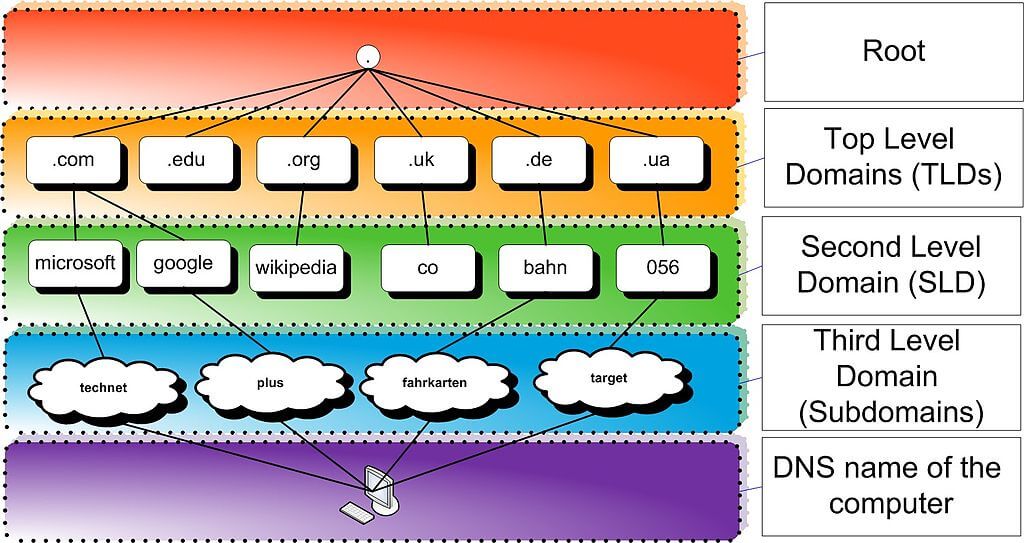· Alex · security · 5 min read
What is File Encryption
Short explainer on what is file encryption, definition, FileVault & Bitlockers

What is File Encryption
File encryption transforms data into a scrambled, unreadable format, which can only be deciphered using a secret decryption key. It’s like having a high-tech lock on your files, ensuring that only authorized individuals can access them.
Defining File Encryption
Encryption is a cryptographic technique that protects data by converting it into an unreadable format, known as ciphertext. As the name suggests, file encryption focuses on securing individual files or folders by encrypting their contents. This ensures that even if an unauthorized person gets hold of your files, they won’t be able to make sense of the data without the decryption key. There are several goals and benefits of using file encryption. Let’s take a look at some of the most important ones:
- Data confidentiality: File encryption is all about keeping your sensitive data confidential. By encrypting your files, you’re making sure that only authorized individuals with the right decryption key can access the information.
- Data integrity: Another crucial aspect of file encryption is ensuring data integrity. Encrypted files are less vulnerable to tampering, as unauthorized changes to the ciphertext can render the data unusable.
- Regulatory compliance: Many industries have strict regulations when it comes to data protection. By using file encryption, businesses can comply with these rules and avoid potential fines or legal consequences.
- Enhanced security: File encryption adds an extra layer of security to your data protection strategy. Even if other security measures fail or are bypassed, encrypted files remain unreadable to unauthorized users.
- Peace of mind: Last but not least, file encryption gives you peace of mind knowing that your sensitive data is protected from unauthorized access, theft, or manipulation.
Types of File Encryption
Broadly speaking, there are two main categories: symmetric and asymmetric encryption. See the 2 linked blog posts for more information.
Implementing File Encryption
File encryption for individuals
- Built-in encryption tools in popular operating systems: Many operating systems offer built-in encryption tools, making it easy to secure your files without additional software. For example, Windows users can use BitLocker, while macOS users can rely on FileVault. These tools encrypt your entire hard drive, ensuring that your data remains protected even if your device is lost or stolen.
- Third-party encryption software: If you’re looking for a more versatile solution, consider using third-party encryption software. These tools often provide additional features like file shredding, secure password management, and customizable encryption settings. Examples of popular third-party encryption tools include VeraCrypt and AxCrypt.
- Cloud-based encryption services: For those who store data in the cloud, using cloud-based encryption services is another option. These services encrypt your files before they’re uploaded to the cloud, ensuring that your data remains secure while in transit and at rest. Examples of cloud-based encryption services include Boxcryptor and Tresorit.
File encryption for businesses
- Enterprise-grade encryption solutions: Businesses typically have more complex data protection needs, which can be addressed by enterprise-grade encryption solutions. These solutions offer centralized key management, support for a wide range of encryption algorithms, and integration with existing IT infrastructure. Examples of enterprise-grade encryption tools include Microsoft Azure Information Protection and Symantec Endpoint Encryption.
- Customized encryption systems: In some cases, businesses may need customized encryption systems to meet their unique requirements. This could involve developing in-house encryption tools or working with a third-party provider to create a tailored solution. When pursuing this route, make sure to adhere to industry best practices and enlist the help of experienced cybersecurity professionals.
- Compliance with industry-specific regulations: Businesses often need to comply with industry-specific regulations regarding data protection. Examples include HIPAA for healthcare providers, GDPR for organizations operating within the EU, and PCI DSS for companies handling credit card data. Make sure your file encryption strategy aligns with these requirements and is regularly audited for compliance.
Encryption and the Law
Legal considerations for encryption use
Laws regarding encryption use can vary greatly depending on the country or jurisdiction you’re in. In some places, using strong encryption is not only legal but encouraged, while in others, it may be restricted or even prohibited. It’s essential to familiarize yourself with the local laws and regulations surrounding encryption use, especially if you’re transmitting data across international borders or operating in multiple countries.
Encryption export restrictions
In addition to the local laws governing encryption use, some countries have export restrictions on certain encryption technologies. These restrictions are in place to control the spread of advanced encryption technologies that could potentially be used for nefarious purposes. For example, the United States has export controls on specific encryption products and technologies, which are governed by the Export Administration Regulations (EAR). If you’re planning to distribute encryption software or hardware internationally, be sure to research the relevant export controls and obtain any necessary licenses or permits.
Government access to encrypted data
Another legal aspect to consider is government access to encrypted data. Some countries have enacted laws that compel individuals or organizations to provide decryption keys or assistance in decrypting data under specific circumstances, such as criminal investigations or national security concerns. This can be a controversial topic, as it raises concerns about privacy, civil liberties, and the potential for abuse of power. In some jurisdictions, you may be legally required to disclose your encryption keys or assist in decrypting data upon request from law enforcement or government authorities. It’s important to understand these requirements and have a plan in place to respond to such requests while still protecting your data and maintaining compliance with other privacy regulations. As you can see, encryption is not only a technical matter but also has legal implications that must be considered. By staying informed about the laws and regulations governing encryption use in your jurisdiction and industry, you can ensure that your file encryption strategy remains compliant and effective.
Conclusion
In today’s digital age, the importance of file encryption cannot be overstated. With an ever-increasing amount of sensitive data being stored, transmitted, and processed electronically, the risk of unauthorized access, theft, and manipulation is higher than ever. File encryption serves as a vital defense mechanism, ensuring that your data remains confidential and secure even in the face of growing cybersecurity threats.
About the Author:
Application Security Engineer and Red-Teamer. Over 15 years of experience in Application Security, Software Engineering and Offensive Security. OSCE3 & OSCP Certified. CTF nerd.



